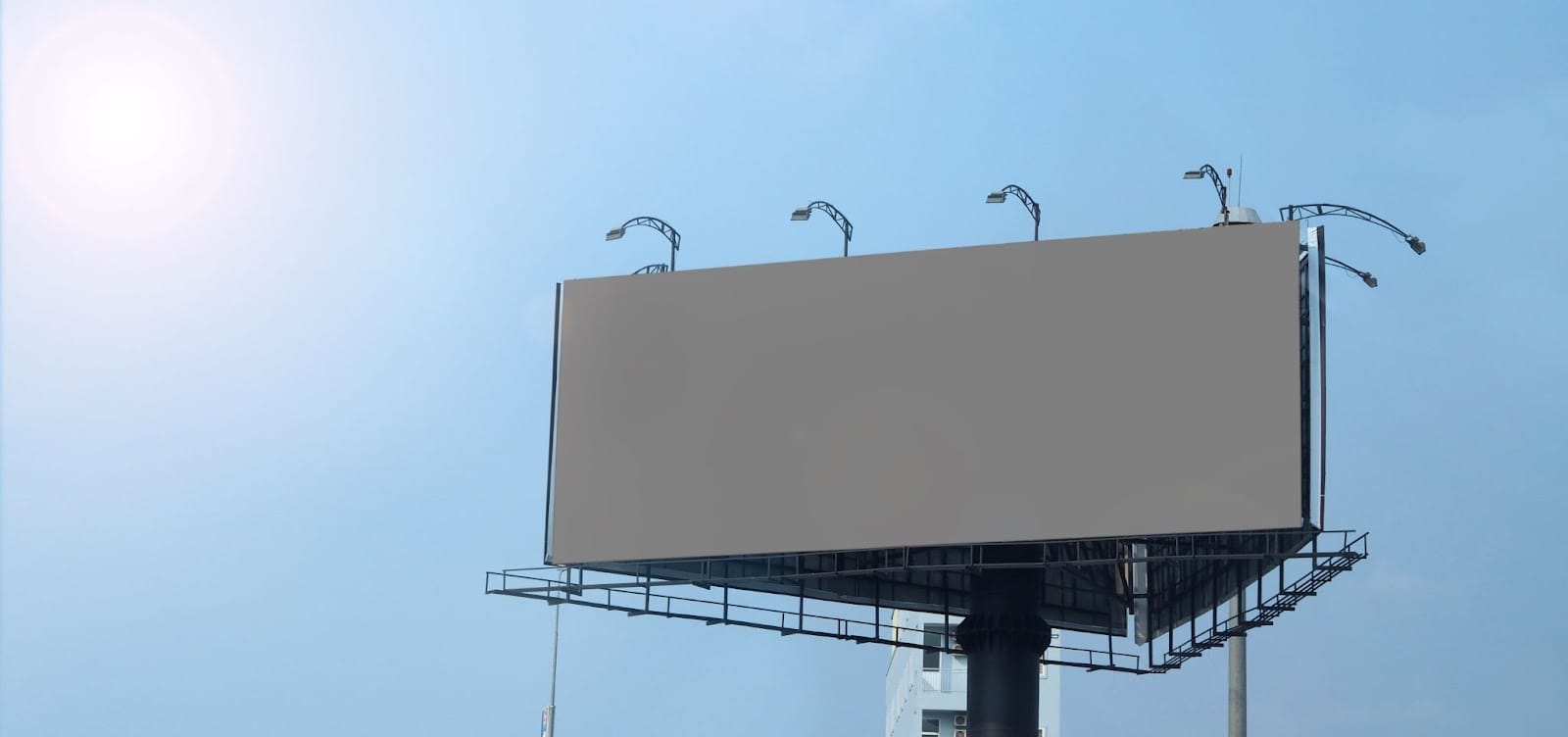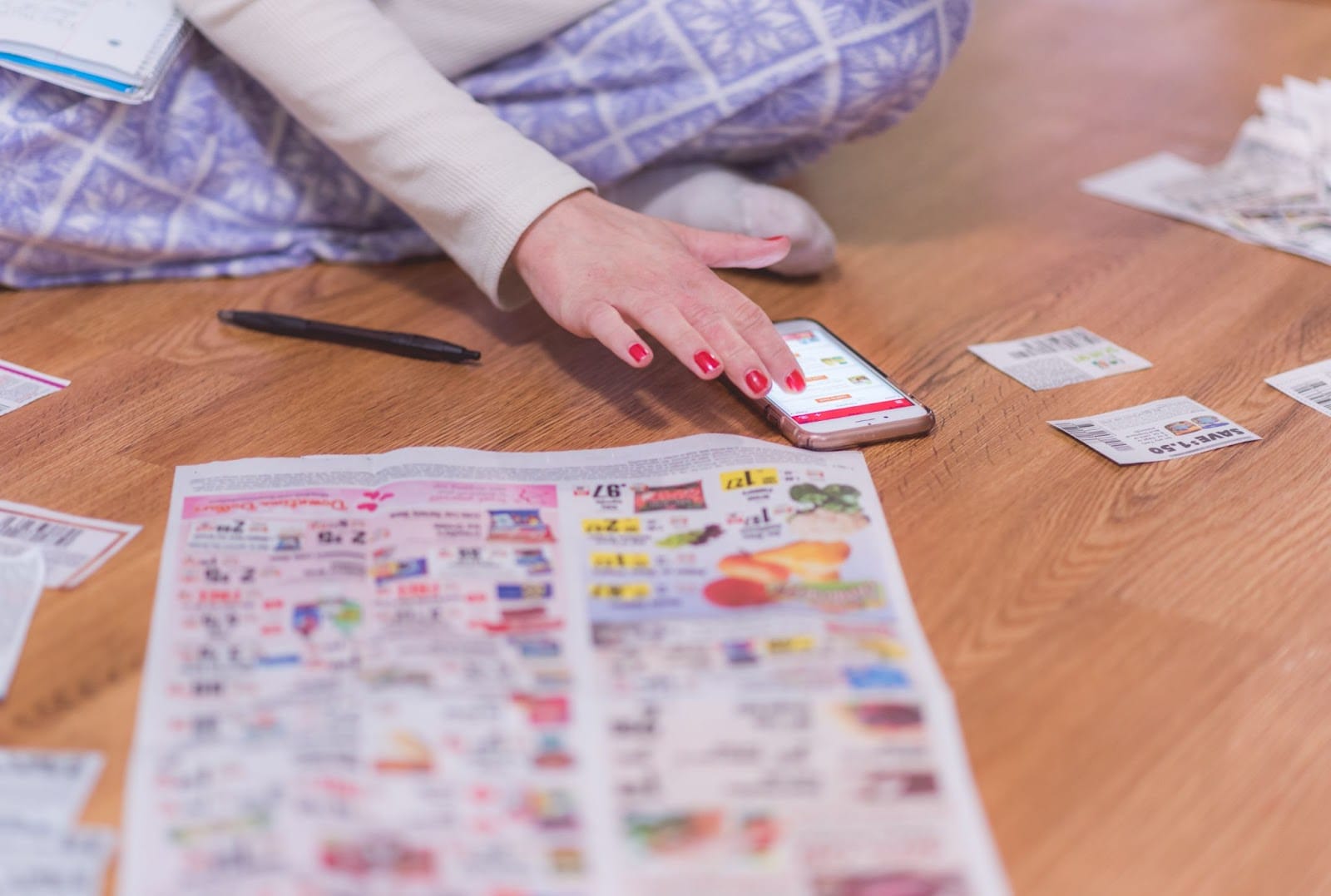Mixed Reality vs Traditional Advertising: Which Offers a Better ROI?
Brands are constantly evaluating new ways to reach and engage with audiences effectively. Traditional advertising methods such as TV commercials, print ads, billboards have been mainstays for decades, but they’re now facing competition from innovative technologies like Mixed Reality (MR).
Traditional advertising vs Mixed Reality advertising represents a shift in how businesses reach and engage with their audiences. Traditional methods, such as print, radio, and TV ads, have a long-standing history of building trust and credibility, often reaching a broad, diverse audience. Mixed Reality advertising, on the other hand, offers precision targeting, measurable performance, and cost-effective strategies through online platforms, social media, and search engines.
Combining these approaches can improve your business visibility by leveraging the strengths of each. For instance, traditional advertising vs Mixed Reality advertising campaigns can work together to build brand recognition and drive online engagement. Integrating mixed reality into both traditional and digital strategies takes this a step further by creating immersive, interactive experiences. Whether it’s a print ad enhanced with AR content or a digital campaign featuring virtual product demos, mixed reality helps businesses stand out, engage their audiences, and deliver memorable, impactful messages.
Understanding the ROI of Traditional Advertising
Traditional advertising has long been a reliable way to build brand awareness and credibility. Platforms like TV, radio, print, and billboards have wide reach and established credibility, especially for older demographics.

Reach and Familiarity
Traditional ads reach broad audiences and are often seen as trustworthy, especially in regions where digital adoption is still limited. TV ads, for instance, can capture millions of viewers in a single broadcast, while billboards offer a constant, inescapable presence in public spaces.
Measurable Metrics
Traditional advertising metrics like GRP (Gross Rating Points) for TV and CPM (Cost per Thousand Impressions) for print and outdoor ads are well-defined. Marketers can evaluate ad performance based on factors like viewership, frequency, and reach.
Drawbacks of Traditional Ads | Details |
Lack of Interactivity | Traditional ads feel one-sided and fail to engage audiences effectively. |
Limited Personalization | Struggle to meet modern audiences’ demand for tailored experiences. |
Short-Term Impact | Impact fades quickly, requiring constant reinvestment to maintain visibility. |
Power of Mixed Reality in Modern Advertising
Mixed Reality, which blends Augmented Reality (AR) and Virtual Reality (VR), is transforming advertising by offering users immersive, interactive experiences that traditional methods cannot match.
Aspect | Key Highlights |
Engagement & Interactivity | MR offers real-time engagement, like AR furniture visualization or virtual makeup try-ons, enhancing emotional connection and brand recall. |
Personalization & Targeting | MR adapts to user preferences, delivering highly personalized experiences that improve engagement and brand retention. |
Metrics & Measurability | Provides real-time metrics such as engagement rates and time spent, enabling data-driven adjustments for better results. |
ROI Potential | Delivers higher ROI through sustained engagement and brand loyalty, with long-term impact outweighing initial investments. |
Social media marketing and traditional marketing are two powerful tools that can greatly enhance business visibility. Traditional marketing, like TV, radio, and print ads, has a proven track record of building brand trust and reaching a wide, diverse audience. Social media marketing, on the other hand, allows businesses to connect with targeted groups, measure campaign performance, and engage with customers in real-time.
By combining social media marketing and traditional marketing, businesses can create a balanced strategy that builds credibility and drives online interaction. For example, using social media marketing and traditional marketing together can reinforce messaging across multiple channels, making it more memorable and impactful.
Adding mixed reality experiences to both methods takes them to another level. Whether it’s enhancing print ads with AR elements or creating interactive VR experiences on social platforms, mixed reality makes campaigns more engaging and memorable. It ensures your business stays visible, innovative, and relevant.
Cost Comparison: Traditional Advertising vs Mixed Reality
One of the primary considerations for any advertising campaign is cost, which plays a significant role in calculating ROI.
Traditional Advertising Costs
Costs vary by platform; TV commercials are expensive, while print and radio are cheaper but require repeated placements to maintain brand presence.

Mixed Reality Advertising Costs
Mixed Reality Advertising has high costs upfront for technology, but has potentially greater ROI in the long-term.
Audience Reach: Broad Visibility vs Targeted Engagement
When it comes to reach, traditional advertising generally has the upper hand, while MR offers targeted engagement.
Traditional Advertising Reach
TV, radio, and billboards have the ability to reach mass audiences. This reach is beneficial for brands looking to establish broad brand recognition or launch high-impact campaigns that reach millions in one go.

Mixed Reality Engagement
Mixed Reality experiences often require digital devices and, in some cases, specific apps, meaning reach is inherently limited to tech-savvy or smartphone-owning demographics. However, Mixed Reality compensates with high-quality, immersive engagement. The targeted reach allows brands to connect deeply with those who do engage.
ROI Potential: For industries focused on mass-market appeal, traditional advertising remains a valuable choice. However, brands that prioritize engagement quality over sheer numbers (such as luxury brands, tech, or fashion) can see better ROI through Mixed Reality due to its ability to foster long-term loyalty.
Memorable Brand Experiences: A Key to Long-Term ROI
One of the defining factors of Mixed Reality is its ability to create highly memorable experiences that deepen brand awareness.
Traditional Ads’ Limitations: Traditional ads provide one-way communication, often relying on repetition for recall. Viewers might remember a catchy jingle or slogan, but they aren’t interacting with the ad, which limits the experience to a passive encounter.

Mixed Reality experiences are immersive by nature, making them memorable. For example, a fashion brand that lets users virtually “try on” clothes offers a sensory experience that traditional print ads can’t match. This interaction reinforces the brand in the consumer’s memory and builds an emotional connection.
ROI Potential: MR’s memorability factor can drive long-term ROI by building strong brand associations and loyalty. When customers remember the experience, they’re more likely to return to the brand.
Measuring ROI: Traditional Advertising vs Mixed Reality Advertising
ROI in advertising is determined by how effectively a campaign drives engagement, conversions, and long-term brand loyalty.
Traditional Advertising Metrics
Reach: Number of people exposed to the ad.
Impressions: Frequency of exposure.
Engagement: Click-through rates, time spent, or direct responses.
Mixed Reality Advertising Metrics
Interactivity: Levels of user interaction with the ad experience.
Immersion Time: Time spent engaging with the content.
User Behavior Insights: Detailed analytics on how users interacted with the campaign.
Traditional methods provide surface-level metrics, while MR campaigns deliver deeper insights into user behavior and preferences, enabling better campaign optimization.
Flam Mixed Reality Ad Solution
Flam, mixed reality publishing, is enabling brands to create high-impact MR campaigns with ease. Brands can opt from the below mentioned products as per their requirements:
- Flam Card, which transforms traditional print ads to Mixed Reality Ads
- Flam Alpha, that immerses audiences with Alpha Mixed Reality which brings Ads alive.
- Flam Interactive that touch-based interactive MR Ads that engages consumers.
- Flam Multi Interactive creates personalized experiences with its multiple interaction feature and allows users to decide and explore their own path of experience.
Mixed reality is proving to be a game-changer for brands looking to maximize their advertising ROI. By creating immersive, interactive campaigns, MR not only engages audiences but also provides deeper insights into consumer behavior.
While traditional advertising has its merits, MR offers a unique combination of engagement, personalization, and data-driven optimization that positions it as the future of advertising.
For marketers and brands ready to embrace innovation, mixed reality is the key to unlocking higher ROI and creating memorable experiences that resonate with audiences.